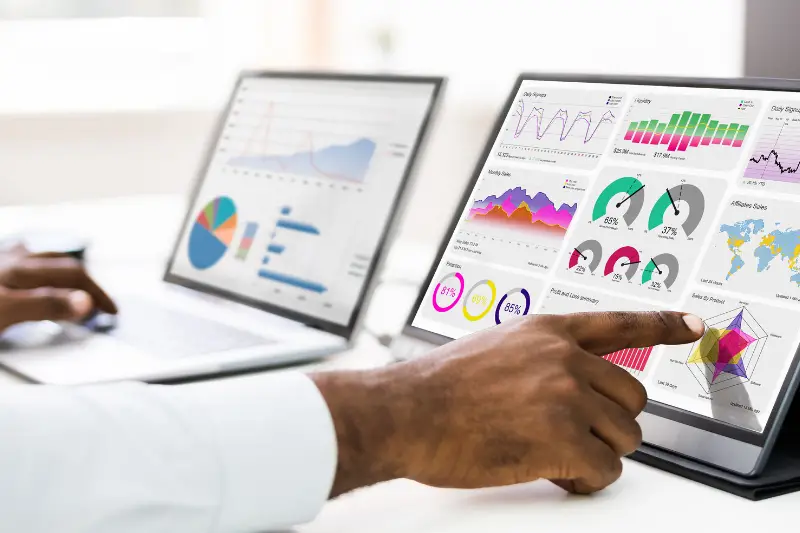Click here to get this post in PDF
Imagine you are the owner of a small company. You’ve been in business for several years and been successful, but you feel like you could be doing better. You’ve heard that understanding data observability tools can help you improve your business, so you decide to learn more about it.
You quickly discover that data is always in a state of flux, and there are two types of data streams – upstream and downstream. But what does it mean? And more importantly, what does it have to do with your company?
Upstream data
Upstream trends are data patterns that predict future outcomes. To find upstream trends, you need to look at the data that comes before the event you’re trying to predict. For example, if you want to forecast how many people will come to your store tomorrow, you need to look at the data from today and yesterday to see if there are any patterns.
However, just because data is upstream doesn’t mean it’s always accurate. Upstream information is only as good as the predictive models you use to interpret it. If your model is based on inaccurate data, your predictions will also be false.
This is why it’s necessary to have a good understanding of both statistics and machine learning. With the right data observability tools, you can build more accurate models and make better predictions.
Downstream data
Downstream data is information that is driven by upstream decisions. It’s the data that comes after the event you’re trying to predict. For example, if you want to know how many people came to your store yesterday, you need to look at the data from today.
Downstream data are used to validate your predictions. If your predictions are accurate, the downstream data will support your claims. However, the downstream data will expose your errors if your predictions are inaccurate. If your downstream data shows a mistake, you can use it to improve your predictive models. By understanding where you went wrong, you can make better predictions in the future.
Data flow
The key to understanding data streams is to identify the source of the information and the natural flow of data. Once you know the start, you can determine whether the data is upstream or downstream. If the data is coming from the past, it’s upstream data. If the data is coming from the future, it’s downstream data.
Data can be both upstream and downstream, depending on the context. For example, data from yesterday can be upstream data if you’re trying to predict how many people will come to your store today. But data from today can be downstream data if you’re trying to understand how many people came to your store yesterday.
Using data flow to make decisions
Now that you understand the basics of data flow, you can use this knowledge to make better decisions about the future and learn from your past mistakes.
Making future decisions
Upstream data predict future outcomes. This information can help you make decisions about things like inventory levels and staffing. You need to find upstream trends and build predictive models to do this.
For example, if you want to predict how many people will come to your store tomorrow, you can use upstream data to build a predictive model. This model can consider factors like the day of the week, the weather, and holidays.
Making decisions based on past events
Downstream data is information that is driven by upstream decisions. It’s the data that comes after the event you’re trying to predict. This information can help you understand the results of your choices and make better decisions in the future.
For example, if you want to know how many people came to your store yesterday, you can use downstream data to understand the results of your decision to open on holiday. Did more people come than expected? Did fewer people come? Was it worth it to open that day?
Final Thoughts
Data is always in a state of flux which can make it challenging to master. Still, with the knowledge of data observability tools, you can make better decisions that consider both upstream and downstream data. This will help you avoid inaccurate predictions and improve your overall decision-making skills.
You may also like: What Is Intent Database? Everything You Should Know!
Image source: Shutterstock.com

